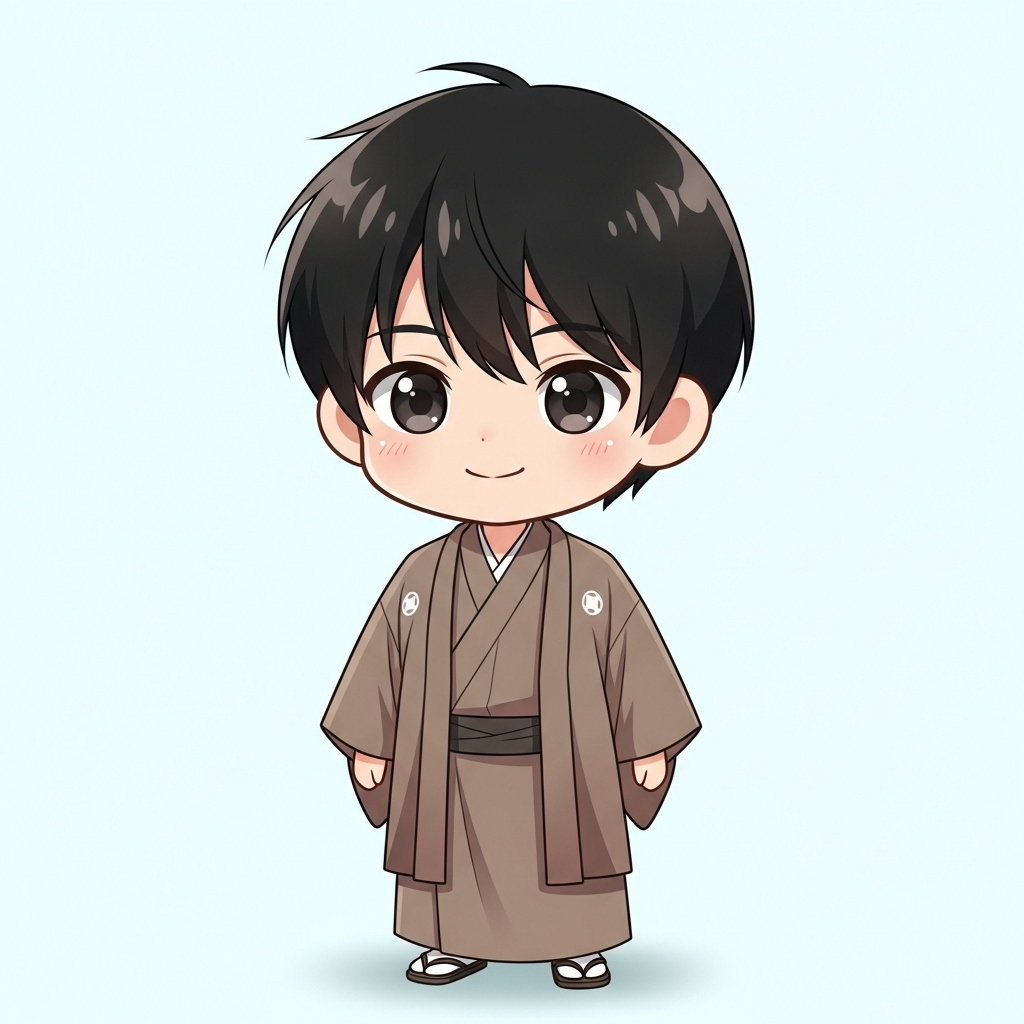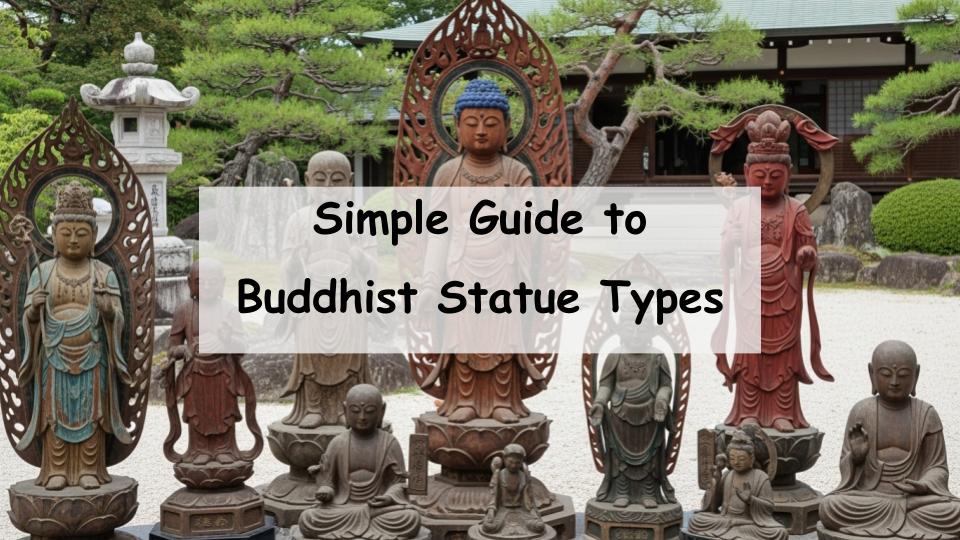Are you interested in Buddhist statues but don’t know where to start? This article explains the basic types and classifications of Buddhist statues in an easy-to-understand way for beginners. Simply put, Buddhist statues are broadly categorized by their shape, meaning, and purpose, each with its own unique charm and role. In this article, we focus on seven essential points including the main types, classification methods, and tips on how to tell them apart. After reading, you’ll find the world of Buddhist statues much more accessible and enjoyable.
What Are Buddhist Statues? Basic Understanding
History and Role of Buddhist Statues
Buddhist statues represent the teachings of Buddhism in physical form, with origins dating back to ancient India. After being introduced to Japan, they became not only objects of faith but also artistic treasures. Placed at the center of temples and Buddhist ceremonies, these statues serve as spiritual support for many people.
Meaning and Symbolism of Buddhist Statues
Buddhist statues are more than just sculptures; they symbolize Buddha’s teachings, compassion, and enlightenment. Each statue’s posture, facial expression, and hand gestures carry special meanings that convey different teachings and messages to worshippers.
The 7 Main Types of Buddhist Statues
Amida Nyorai (Amitabha Buddha)
Known as the Buddha of the Western Pure Land, Amida represents salvation and peace. This is one of the most commonly worshipped statues in Japanese temples.
Shaka Nyorai (Shakyamuni Buddha)
The founder of Buddhism, Shakyamuni Buddha symbolizes enlightenment and teachings. He is often the central figure in many temples.
Yakushi Nyorai (Medicine Buddha)
Worshipped as the healer of sickness and suffering, Yakushi is revered by those praying for health and longevity.
Kannon Bosatsu (Avalokitesvara Bodhisattva)
Symbolizing compassion, Kannon appears in many forms and is beloved by those seeking mercy and aid.
Jizo Bosatsu (Ksitigarbha Bodhisattva)
Known as the protector of children and the deceased, Jizo offers comfort and salvation.
Benzaiten (Saraswati)
The goddess of music, knowledge, and wealth, Benzaiten statues often have a feminine beauty and charm.
Fudo Myo-o (Acala)
Portrayed with a fierce expression, Fudo Myo-o is revered as a powerful protector who drives away evil.
How Buddhist Statues Are Classified
Classification by Form
Statues are classified as standing, seated, or reclining. These forms represent different teachings and roles, offering distinct impressions to viewers.
Classification by Material and Technique
Materials such as wood, metal, and stone influence classification. The texture and durability vary with materials, reflecting the era and region where the statue was made.
Characteristics by Sect
Different Buddhist sects like Jodo, Shingon, and Tendai have unique styles and ways of treating statues, reflecting their doctrines.
Tips for Identifying Buddhist Statues
Meaning of Hand Gestures (Mudras)
The hand positions, called mudras, have special meanings. For example, the “fearlessness mudra” symbolizes protection from fear, while the “teaching mudra” indicates the act of preaching.
Differences in Facial Expression and Posture
Gentle expressions convey compassion, while stern faces indicate the power to ward off evil. Postures such as sitting or standing also help identify the statue’s significance.
7 Recommended Ways for Beginners to Enjoy Buddhist Statues
Visit Temples to See Statues in Person
Experiencing statues firsthand at temples lets you appreciate their size and beauty. You can also enjoy regional differences.
Research the Historical Background of Statues
Learning about the history behind each statue helps you understand their deeper meaning and cultural value.
Focus on the Details of Statues
Pay attention to hand gestures, folds in clothing, and facial features to discover unique traits and charms.
Participate in Exhibitions and Events
Visiting special exhibitions and lectures at museums or temples offers expert insights and enriches your appreciation.
Take Photos of Statues
Photographing statues from your viewpoint creates lasting memories and can reveal new perspectives later.
Learn About Buddhist Teachings Alongside Statues
Understanding Buddhism itself enhances your appreciation of the statues’ significance.
Deepen Your Knowledge Through Books and Resources
Using books and materials allows you to expand your knowledge and understanding further.
Frequently Asked Questions about Buddhist Statues
How Many Types of Buddhist Statues Are There?
There are hundreds of types, varying by region and sect. While some major statues are well-known, many detailed classifications exist.
How Are Buddhist Statues Classified?
Classification depends on factors such as form, material, sect, symbolism, and historical context. The era and region of creation also play major roles.
A Message from the Guide

When you visit a temple that enshrines a Buddha who seems to offer relief for the worries or problems you are facing, you may find that your heart feels a little lighter.












Comment